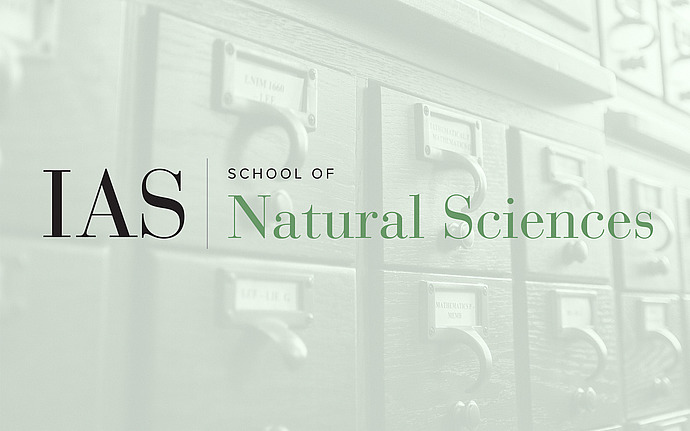
Institute for Advanced Study / Princeton University Joint Astrophysics Colloquium
An Early JWST View of Quasars at Cosmic Dawn
Quasars at cosmic dawn are powerful probes to the formation and growth of early supermassive black holes in the universe, their connections to high-redshift galaxy and structure formation, and the evolution of the intergalactic medium at the epoch of reionization. I will first review the progress in surveys of the most distant quasars, which have discovered hundreds of luminous quasars within the first billion years of cosmic history, with the highest redshift at z~7.6. They are powered by billion solar mass black holes, possible only by a combination of massive early black hole seeds with highly efficient and sustained accretion. I will then present the latest results of studies of early quasars and their environments using JWST. While rapid early black hole growth is accompanied by intense star formation and feedback in their host galaxies, the diverse quasar environment unveiled by these observations suggests a complex interplay between black hole accretion, galaxy assembly, the physics of reionization and the emergence of early large scale structure. I will conclude with a look into the future, as the era of the first supermassive black holes is finally within the horizon of our research efforts.
Date & Time
Location
Wolfensohn HallSpeakers
Event Series
Categories
Notes
10:30am Coffee Rubenstein Commons
11:00am Lecture in Wolfensohn Hall